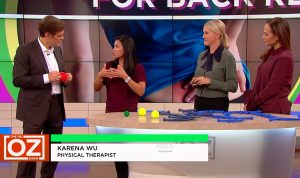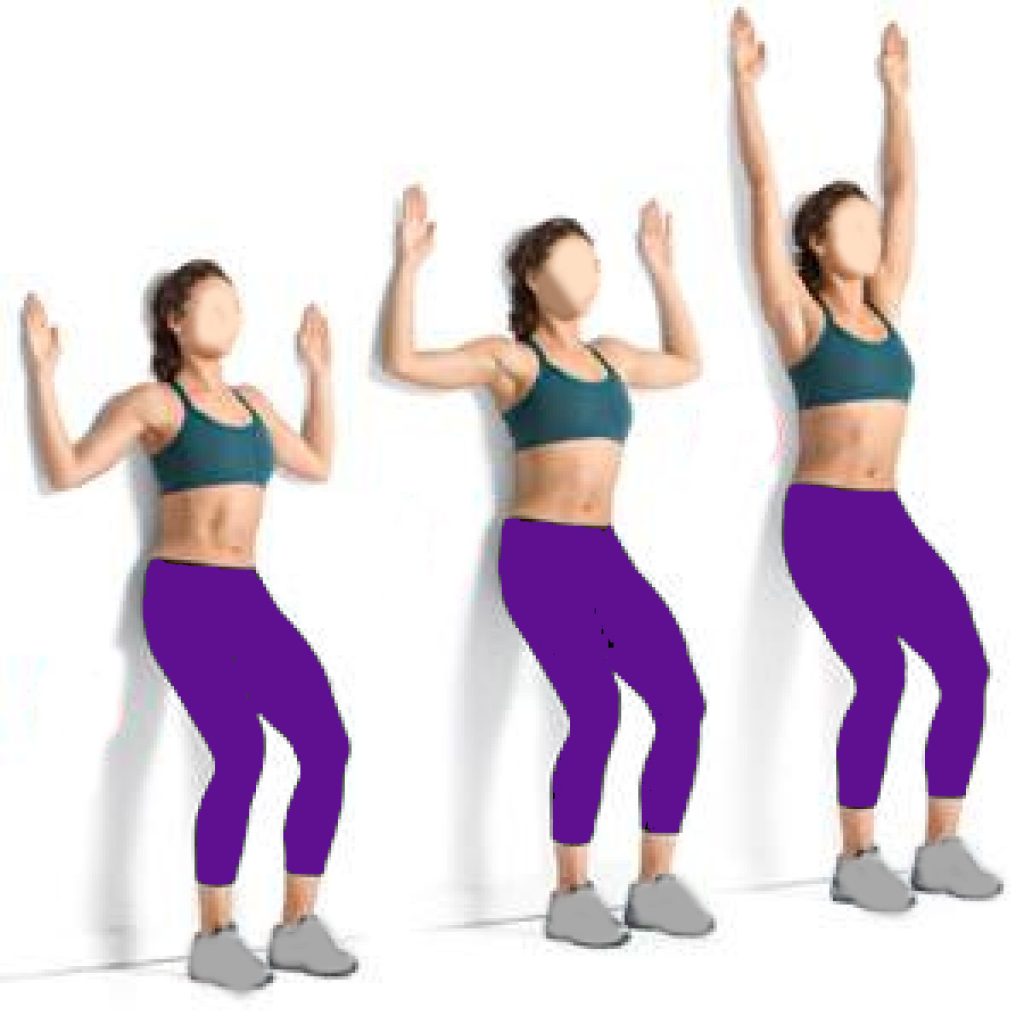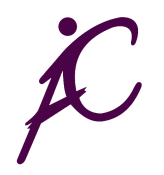 ActiveCare Physical Therapy, PC
ActiveCare Physical Therapy, PC
29 West 38th Street
Suite 601
New York, NY 10018

* We Accept Medicare | No Fault | Workers Comp *
Wall Angels: The Ultimate Guide to Perfecting This Effective Exercise
Wall Angels are a simple yet powerful exercise that targets multiple muscle groups and helps improve posture, mobility, and overall shoulder health. In this post, we’ll explore the muscles that Wall Angels work, how to perform them correctly, common mistakes to avoid, recommended modifications, the benefits of incorporating Wall Angels into your routine, and any safety concerns to keep in mind.

Muscles Worked by Wall Angels
Wall Angels primarily target several key muscle groups, including the upper trapezius, middle trapezius, lower trapezius, rhomboids, serratus anterior, deltoids, and the rotator cuff muscles. These muscles work together to support proper posture, shoulder movement, and stability.
How to Perform Wall Angels Correctly
To perform Wall Angels with proper form:
1. Stand with your back against a wall, feet about 6 inches away, and knees slightly bent.
2. Press your lower back, upper back, and head against the wall. Engage your core to maintain this contact.
3. Position your arms against the wall with elbows bent at 90 degrees, forming a “W” shape. Ensure your elbows, wrists, and hands touch the wall.
4. Slowly raise your arms upward, maintaining contact with the wall, until they form a “Y” shape overhead.
5. Lower your arms back to the starting position while keeping contact with the wall.
6. Repeat for 10-15 repetitions, focusing on proper form and control.
Common Mistakes and Form Tips
When performing Wall Angels, it’s important to avoid common mistakes to ensure effectiveness and prevent injury:
Arching the Lower Back
Keep your lower back pressed against the wall to avoid excessive arching.
Lifting the Shoulders
Avoid shrugging your shoulders up toward your ears. Keep them relaxed and down.
Forcing the Range of Motion
Raise your arms only as high as you can while maintaining contact with the wall. Don’t force the movement if it causes discomfort.
Recommended Modifications
If you find Wall Angels challenging, consider these modifications:
- Reduced Range of Motion: Perform the exercise with a smaller range of motion, raising your arms only as high as you can comfortably maintain contact with the wall.
- Seated Wall Angels: Perform the exercise seated in a chair with your back against the wall to reduce the strain on your lower body.
Benefits of Wall Angels
Incorporating Wall Angels into your routine offers numerous benefits:
Improved Posture
Strengthens muscles that support good posture, reducing slouching and forward head posture.
Enhanced Shoulder Mobility
Increases shoulder range of motion and flexibility.
Better Scapular Stability
Strengthens muscles that stabilize the shoulder blades, promoting better shoulder function.
Reduced Neck and Shoulder Pain
Alleviates tension and discomfort in the neck and shoulders by improving muscle balance and alignment.
Safety Concerns and Considerations
While Wall Angels are generally safe for most people, keep the following in mind:
- Shoulder or Back Pain: If you experience significant pain or discomfort in your shoulders or back during the exercise, stop and consult with a healthcare professional.
- Limited Mobility: If you have limited shoulder or back mobility, perform the exercise with a reduced range of motion or seek guidance from a physical therapist.
For more detailed information and expert insights, read this article on Well+Good: https://www.wellandgoodcom/wall-angels/.
Wall Angels Exercise: Conclusion
Wall Angels are an excellent exercise for improving posture, shoulder mobility, and overall upper body strength. By performing them correctly and incorporating them into your routine, you can experience significant benefits and enhance your physical health. Remember to avoid common mistakes, consider modifications if needed, and consult with a healthcare professional if you have any concerns.
For any and all physical therapy concerns, contact the #1 Best PT Clinic in NYC today!
ActiveCare Physical Therapy™
29 West 38th Street, Suite 601
New York, NY 10018
Phone: (212) 777-4374
Email: staff@bestptnyc.com
https://activecarephysicaltherapy.com/
